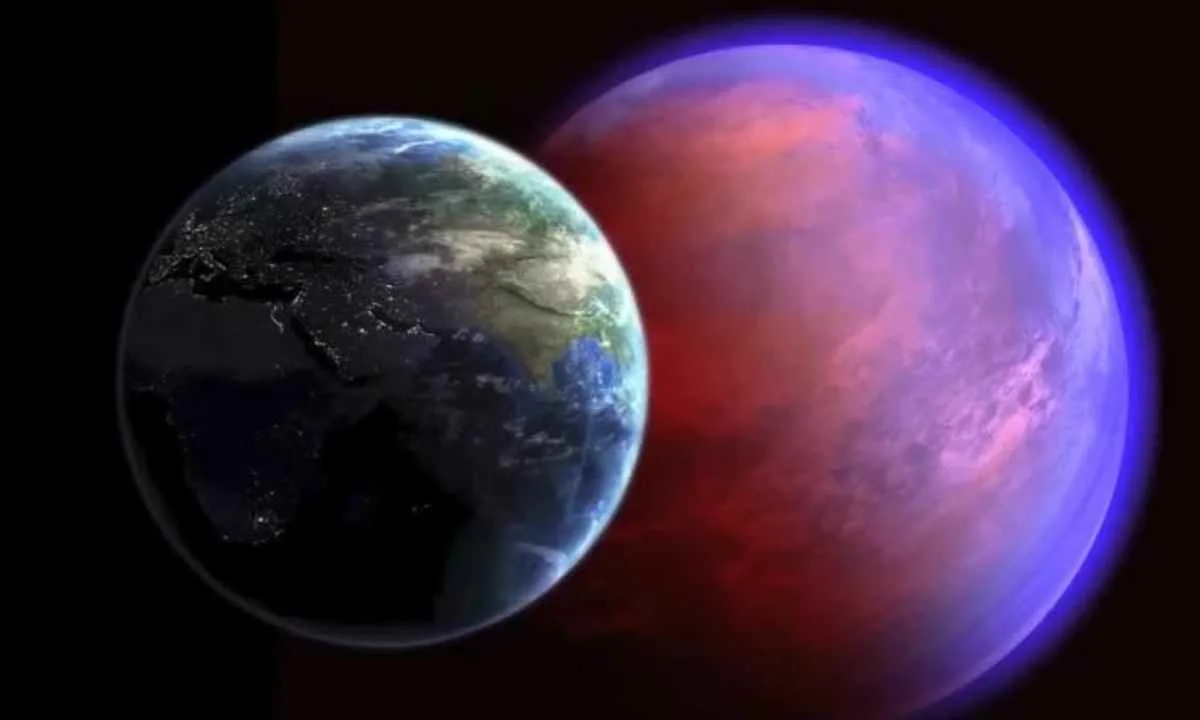NASA Discovers A “Super-Earth” That Could Have Life | It’s Even Bigger Than Our Earth!
The idea that we are not alone in the universe has long captured the human imagination. Now, this fascination moves a step closer to reality with NASA’s groundbreaking discovery. Astronomers have identified a potential “super-Earth, ” named TOI-715 b. It is situated 137 light-years away from our home. This newly found planet is larger than our Earth. It uniquely orbits a star and presents conditions that might support life as we know it.
This celestial body’s findings come as an intriguing possibility of life beyond our planet. Scientists also say that there might be another small planet in this same solar system that could harbor life! Let’s learn more about what exactly makes TOI-715 b a candidate for a second home in the cosmos.
The Discovery of the New “Super-Earth”
NASA has made a significant announcement that could transform our understanding of the cosmos and our place within it. The space agency’s Transiting Exoplanet Survey Satellite (TESS) has spotted TOI-715 b. It is a planet that may hold life, residing approximately 137 light-years from Earth. This spectacular find is located in a system that may also contain other significant planets with potential for life.
TOI-715 b classifies as a “super-Earth” due to its size—approximately 1.5 times that of Earth. It stands out among other exoplanets discovered to date. But what is especially striking about this exoplanet is its position within the habitable or “Goldilocks” zone of its star system, where conditions are just right for liquid water. It is considered a key ingredient for life to exist. NASA’s unique technology and methods, which rely on observing the minute dimming of stars as planets transit across them, have been key in identifying and studying TOI-715 b.
Characteristics of TOI-715 b: A New Home?
TOI-715 b is raising fascinating questions about the possibility of life. Its characteristics, including size, mass, and its orbital path around its star, suggest it could resemble Earth in many ways. The planet’s atmosphere and potential water presence are particularly promising. It offers signs that it may be hospitable to life.
The planet is subjected to further study using current and future missions like the James Webb Space Telescope. The study could provide insight into its atmosphere and whether it is indeed a ‘water world’ conducive to life.

The Significance of Discovering “Super-Earths”
The search for “super-Earths” is more than just a scientific endeavor—it’s a quest that has captivated the thoughts and imaginations of many. Discoveries like TOI-715 b have crucial importance for our comprehension of the universe and the likelihood of life beyond Earth. They offer a glimpse into a future where space exploration and perhaps interstellar travel could become a reality.
Conclusion
The discovery of TOI-715 b has ignited a spark of excitement in the scientific community and the public at large. What follows now is a series of careful studies and observations to unveil more about this distant world’s nature and its potential to foster life. The results of these studies could profoundly affect our perception of the cosmos and where we stand within it.
Also read,






